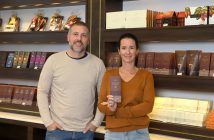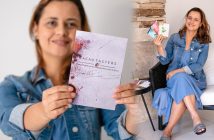Adriana Reis is one of the greatest Brazilian authorities when it comes to cocoa.
From Bahia, she has a PhD in Biology and Biotechnology of Microorganisms and is a specialist in post-harvest technology. Adriana has worked for over 20 years helping cocoa producers to get the best out of the fruit.

Credits: Cristiano Villela
She currently serves as quality manager of CIC – Centro de Inovação do Cacau, in Ilhéus, which, in fact, she helped found in 2016. The Center was born within the State University of Santa Cruz – UESC – as a startup, by disposal of the Science and Technology Park of Southern Bahia – PCTSB – and Cristiano Vilela, former Mars Brazil, current scientific director of CIC and executive director of BioInnovatec, to invest in improving the quality of Brazilian cocoa, to meet a growing international demand.
In quarantine, Adriana gave an exclusive interview to Grão Especial, as follows.
Grão Especial – What is quarantining yourself like, considering a person as active as you are?
Adriana Reis – I’m fine. I arrived from São Paulo, from the Chocolate Festival, with a terrible flu. I thought I had the Coronavirus but, thank God, it was just a cold. And I have a small son, so you can imagine how fearful I became! What helped us is that we are in a low season, so we managed to give everyone vacations.
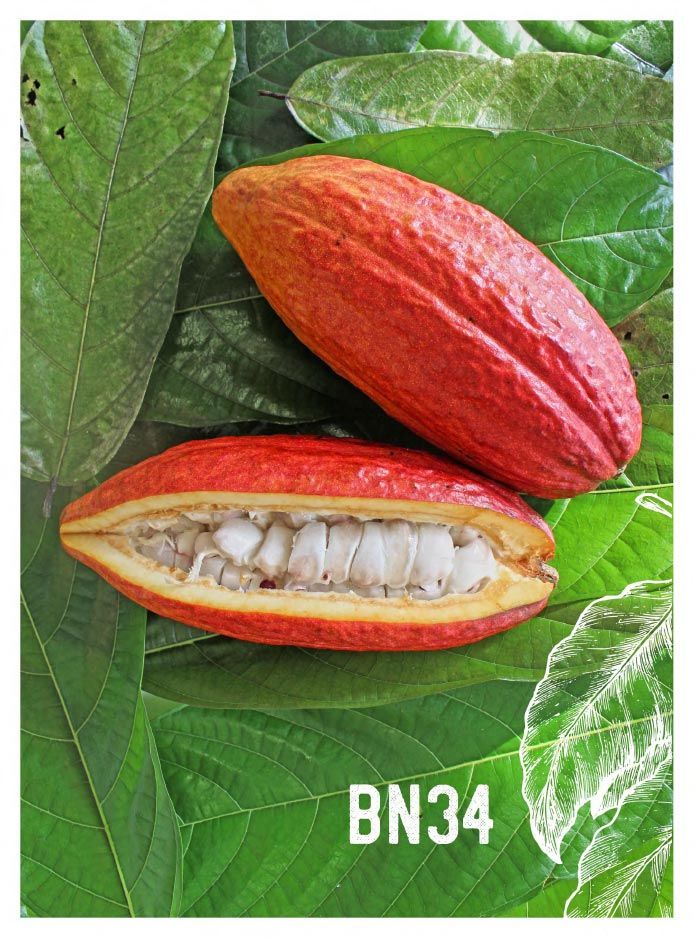
Credits: CIC – Centro de Inovação do Cacau
Grão Especial – How did you start working with cocoa?
Adriana Reis – I am a graduated biologist and I came from an NGO called Instituto Cabruca www.cabruca.com.br, a cooperative that works with family farming of organic and agroforestry production, associated with the conservation of the Atlantic Forest. My part was to work with management in the field. At that time, there was no quality cocoa market within the country. However, we already understood back then that the international cocoa market scenario was changing. Ecuador and Peru were beginning to emerge as countries producing fine cocoa. In 2009, Bahia producer João Tavares won his first international quality award in Paris, which confirmed our potential. At Cabruca, the focus of our work was on small producers, on getting them interested in producing quality cocoa. At one point, I asked myself: what now? Who to sell to? And for how much? I had a limitation: I didn’t understand the market. My competence was technical. From 2014 to 2015, I happened to meet my fellow master in quality, Cristiano Vilela, who had left Mars Cacau, and who, at the time, was responsible for the research station in Barro Branco, for the multinational, and he had recently left. He asked whether I would like to join and I said yes, provided that it was a quality laboratory. The dream came true just four months later and Samuel Saito, a chemist and doctor (current CIC quality manager) joined us.
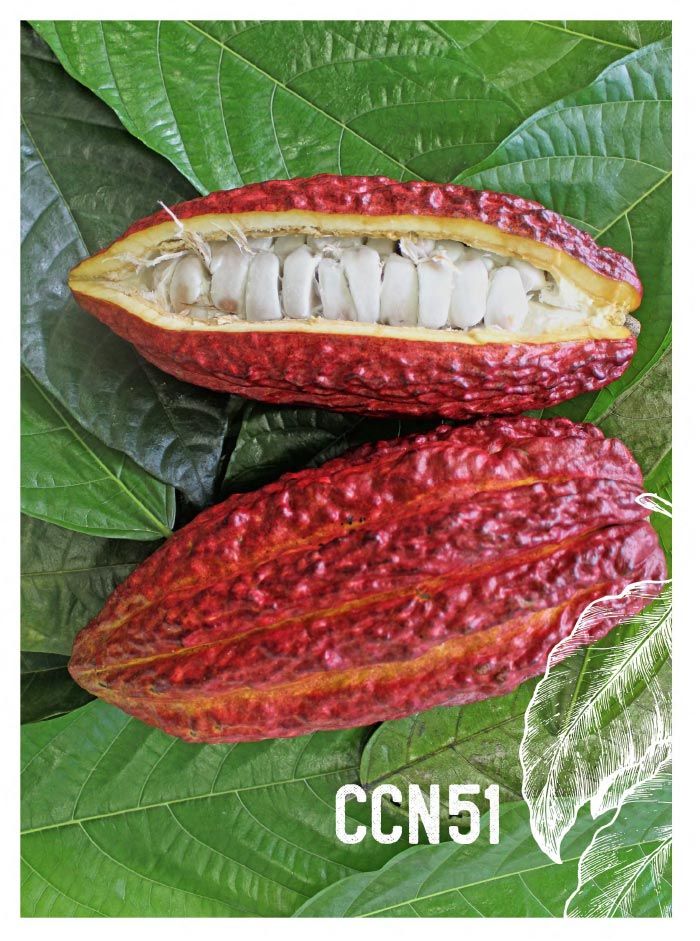
Credits: CIC – Centro de Inovação do Cacau
Grão Especial – Where did the resources come from to set up the CIC?
Adriana Reis – The resources for the project came through the Arapyaú NGO, www.arapyau.org.br, founded by Guilherme Leal, (businessman and former partner of Natura, candidate for the role as vice-president at the Green Party, on the list of Marina Silva in 2010), focused on the sustainable rural development. I don’t know if Guilherme, at that time, already had in mind to create Dengo, www.dengo.com.br, which was actually born in 2017. But he believed in our idea, which was to create a neutral institution to analyze with transparency and confidence the quality of cocoa produced in Brazil, especially in southern Bahia. Ernesto Neigebauer, who at the time was a partner of Harald, www.harald.com.br, one of the leaders in chocolate confectionery in the country, joined the project.
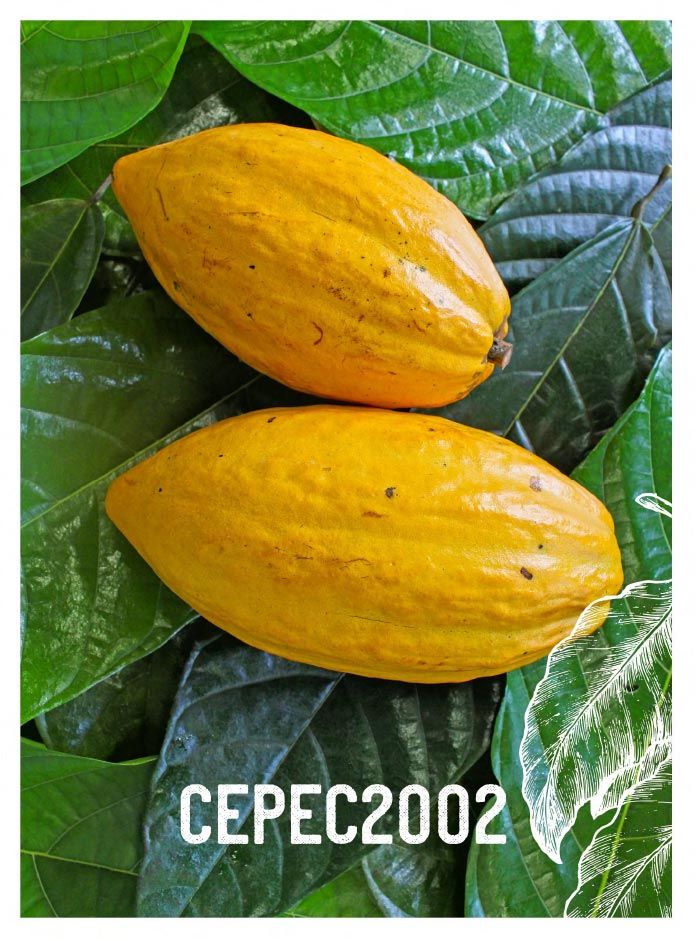
Credits: CIC – Centro de Inovação do Cacau
Grão Especial – And how does the CIC continue today?
Adriana Reis – With the support of the founders and the analysis of the cocoa lots. In reality, we have two types of customers, namely cocoa producers who buy our services, to understand what they are producing and how they can improve, and those who buy cocoa, chocolate-makers, who need a certification report for the cocoa they are buying.

Credits: CIC – Centro de Inovação do Cacau
You can’t make good chocolate from bad genetics
Grão Especial – After all, what is the true origin of cocoa?
Adriana Reis – In the past, it was thought that cocoa rose in Mexico. Currently, researchers believe that cocoa had its onset in the Peruvian Amazon, more precisely in the Amazon River Basin. And then, it went on to other basins.
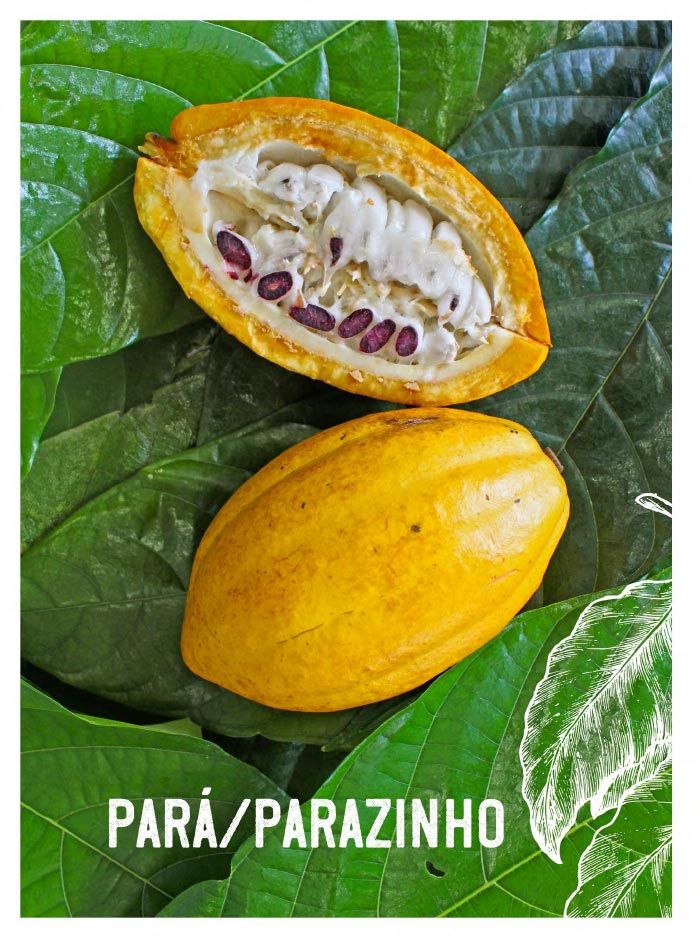
Credits: CIC – Centro de Inovação do Cacau
Grão Especial – How many types of cocoa are there?
Adriana Reis – When researchers believed that cocoa originated in Mexico, they said that there were only three types: Criollo, Amelonado and Forasteiro. Today, more than 10 types of cocoa are known.

Credits: CIC – Centro de Inovação do Cacau
Grão Especial – Forasteiro is what we have in greater quantity in Brazil, right?
Adriana Reis – Yes, but there was a change midway through. Because of Witch-broom disease, the researchers brought cocoa from Trinidad Tobago and, through various genetic improvement studies, produced more resistant and more productive varieties. Today, these varieties have also proven positive for producing quality cocoa. Many of these clones stand out for their citrus and fruity notes. But they also do not lose anything to Forasteiro or Amelonado cocoa, the traditional Brazilian cocoa, which can be considered bulk (common) due to its high bitterness. But when well fermented it has an attractive acidity and a good rating in the cocoa attribute.
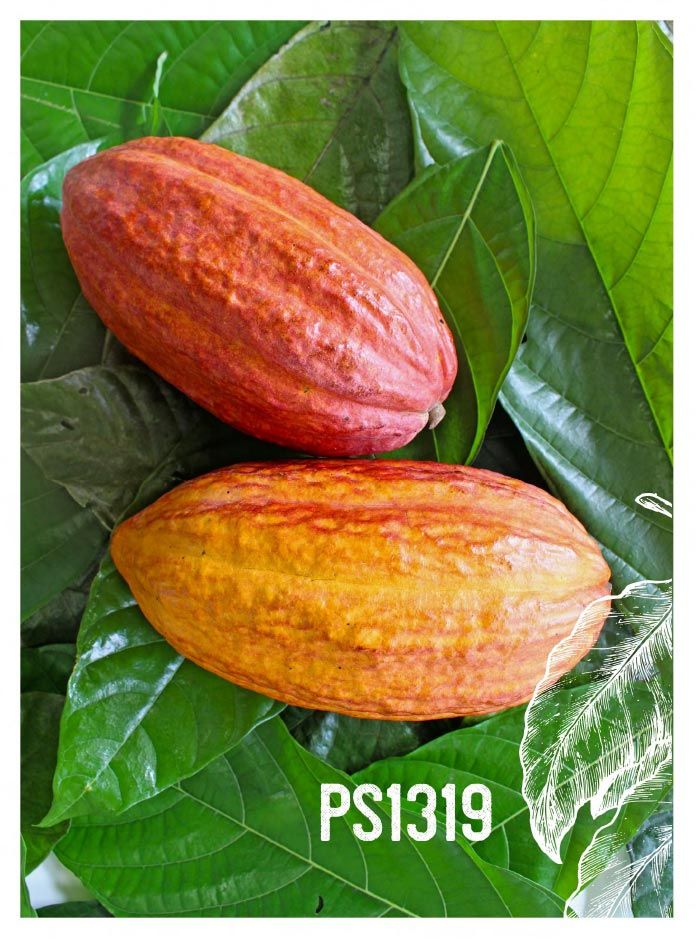
Credits: CIC – Centro de Inovação do Cacau
Grão Especial – The consumption of fine cocoa in Brazil has increased significantly, mainly due to the growth of the Bean to Bar market. Which states currently produce cocoa most, in the country?
Adriana Reis –
Today, Bahia and Pará dominate cocoa production in Brazil, followed by Espírito Santo. And the cultivation of fine cocoa is growing a lot in non-traditional areas such as Sergipe, Ceará, Pernambuco, Goiás, Minas Gerais, Rio de Janeiro and São Paulo. In Bahia, it has also migrated to Chapada Diamantina and Barreira da Bahia. In São Paulo, there are also farms developing mechanized processes, and some of them have been doing interesting work with fermentations.
Pará is a chapter apart, it has been emerging as a great cocoa origin within Brazil. Its cocoa has a potential for very large quality. It is a very specific terroir, very old origins, like that of Mocajuba. Some varieties are in flooded areas, that’s what we call wild cocoa (read the article about Luisa Abram). Last year, even during the Chocolate Festival of Pará, a contest for the best almonds was held by CEPLAC (Executive Committee of Planning of Cocoa Farming), where I participated as a member of the jury. The result was surprising: the almonds from Mocajuba drew attention due to their size, brightness and taste. Pará is a very big state, so it has not yet reached everywhere. It’s all very far away, distant, difficult, that’s why we did the contest, to try to discover these exotic origins, of fine cocoa, not very accessible.

Credits: CIC – Centro de Inovação do Cacau
Grão Especial – What does it take to have superior quality cocoa?
Adriana Reis – There must be a great terroir. It has to do with the climate, humidity, altitude and, mainly, with the water quality and sunshine.
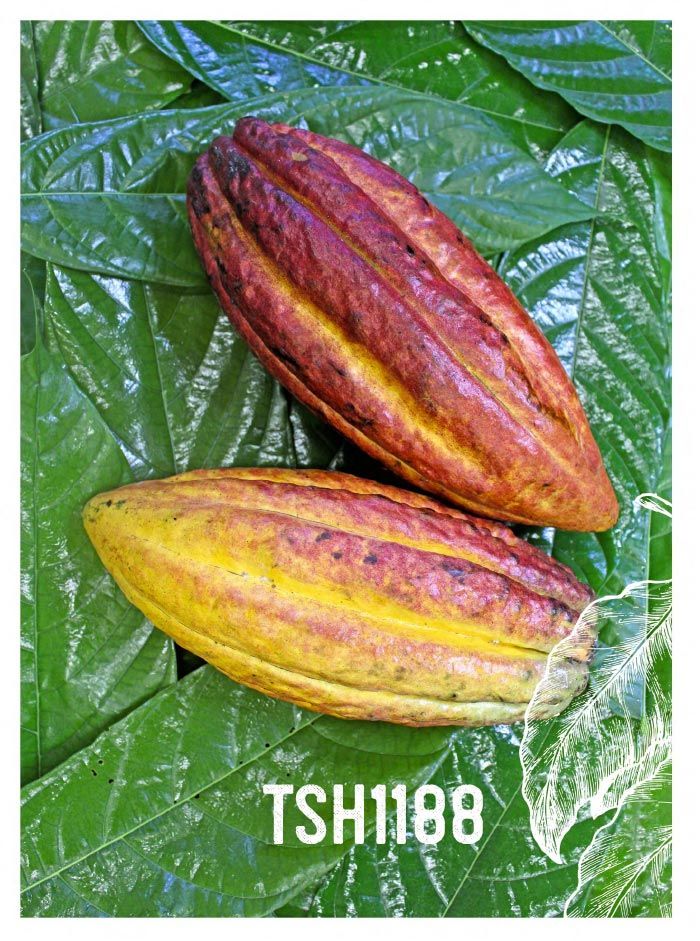
Credits: CIC – Centro de Inovação do Cacau
Grão Especial – When you talk about cocoa terroir, is it the same concept for wine and coffee? What is the ideal terroir according to your studies?
Adriana Reis – Yes, it is the same thing. According to my studies, one must have a deep soil, a good amount of water per day – cocoa demands a lot of water –, good soil, good sunlight, a warm and humid weather, in addition to all management and good practices. It is a plant that requires a lot of work, so it is necessary to prune, fertilize, clean and mow it, following the agricultural calendar. It takes lots of work!
Grão Especial – Besides Brazilian cocoa, which one do you like the most?
Adriana Reis – I really like the Brazilian cocoa, Really, from the bottom of my heart! Among the foreign ones, I’m fond of the Madagascar type; it has a fruity taste that is very close to ours. I like this fruity savor a lot. I like the ones from Trinidad Tobago, from Belize, but my favorite one, at the moment, is the one from Vietnam. In November, I was at the International Chocolate Week in Paris and I brought a bag full of them, which I am devouring in the quarantine. They are also fruity, like ours, but it is a smooth, balanced, and very interesting cocoa.
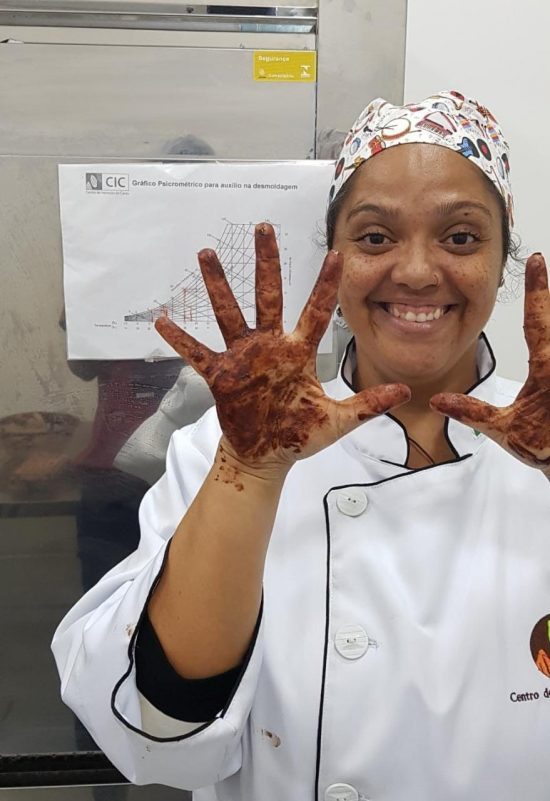
Credits: Camile Carradore
“We must show the world our unique flavors”
Grão Especial – Is there a list of cocoa flavors that is universally accepted, just like it happens to coffee?
Adriana Reis – Unfortunately, there isn’t! And that is a great difficulty. It’s a challenge that the cocoa chain has to overcome. There are no international quality rules, each country makes its own. And, therefore, there are several cocoa wheels and several chocolate sensory methodologies.
There is an international organization, ICCO, The International Cocoa Organization, but it does not act as the SCA, the Specialty Coffee Association, which has its own coffee flavor wheel and is used all over the world, nor a quality evaluation table.
At SIC, we decided to follow the flavor wheel created by Edward Seguine (Seguine Cacao, Cocoa, and Chocolat Advisors US), a cocoa specialist, a strong name behind several chocolate brands, among them the American Guittard Chocolate. He is practically an “electronic nose”, and Darin Sukha, a researcher at West India University, responsible for the Trinidad Tobago germplasm bank, the largest in the world. They are responsible for the world’s finest cocoa strategic panels. Seguine is one of the leaders of the ICCO panel and it was important for Brazil to appear on the list of the world’s finest cocoa producers. And Darin participates in the Paris panel, COEX, www.cocoaofexcelence.org, which is the methodology we adopt for our sensory analyses.
COEX holds the world cocoa contest of Excellence, which takes place every two years inside the Chocolate Hall, held in Paris. We have adopted this methodology because we want to encourage Brazil to win more international prizes for cocoa quality as this can attract the buyers.
According to this understanding, we launched, in 2018, a national cocoa quality contest, following the same format as in Paris. We are already in the second edition and the idea is to find out exactly where the best cocoa in the country is produced, what sensory profile they have and what is the volume of this production. From these data, we can create a strategic marketing, by valuing these products and helping producers to find special markets.
Grão Especial – And, in a practical way, how can one apply it in the production of fine cocoa?
Adriana Reis – By attempting to see what international science says about quality, thus fitting it in the country.
Grão Especial – What is it like to train these producers so they may understand this flavor round a little bit? Your challenge is overwhelming, isn’t it?
Adriana Reis – Our challenge is really big! Right now, we are trying to establish a methodology for working with cocoa samples and not chocolate. Our focus is to make producers recognize the main defects existing in cocoa beans. The defect is what brings down today our producer, in international competitions. It can be an error in fermentation, harvesting in drying, all of which can generate an off flavor and that will pop up in the chocolate bar. Thus, the first step is for them to recognize what is bad. What is exaggerated acidity, how to recognize the taste of smoke, burnt rubber, burnt coconut, what is mineral acidity, which are notes that depreciate our cocoa and that can be corrected in processes, under management.
Out next step will be making them understand what is good, and that means working on positive references. It means to make producers understand what a brown fruit is, what the citrus fruit is, what a note of almond flower is, as well as sensory references that are positive attributes. Likewise, they should grasp what a good note of cocoa is, what balanced acidity is, what astringency is and what cocoa with low bitterness taste like, causing Pará producers to do this as well and start exchanging these references among all producers in the country, so that they can identify the different terroirs in Brazil.
“My dream is to feature a Brazilian sensory map focused on our identities”
Grão Especial – Anyway, you still have a lot of work in the first stage, right?
Adriana Reis – A lot. We set up a course that encompasses three levels and, this year, we will only give the first two. We start by recognizing defects and then qualities. Because of the Coronavirus, the dates of these courses are suspended, but the idea is to take one of these courses per month.
Grão Especial – How do you describe the development of the Brazilian fine cocoa market?
Adriana Reis – Today, we are inspired by the specialty coffee market. With cocoa, it’s the same. It is necessary to focus on special markets, training our people to work at the top of the chain, in the most sophisticated niches. And this is only done with knowledge. But back to your question, I see a great evolution with cocoa taking place. I don’t know how we will behave after the Coronavirus, but we have reached a point where companies are paying premium amounts for the quality of cocoa, and that is a stimulus for the entire chain. In turn, producers are increasingly motivated to produce quality cocoa.
The current cocoa producers in Brazil are very different from those of other places in the world. They have a special condition; they are enlightened; they were able to study, or the workers’ children studied; they have a history on the farm. In my opinion, Brazil is a leader in cocoa technology. A lot of people in the world come to learn about cocoa here. And this is very favorable, as we have research, network, logistics.
“More important than having the world say what tastes good is Brazil saying what tastes good!”


